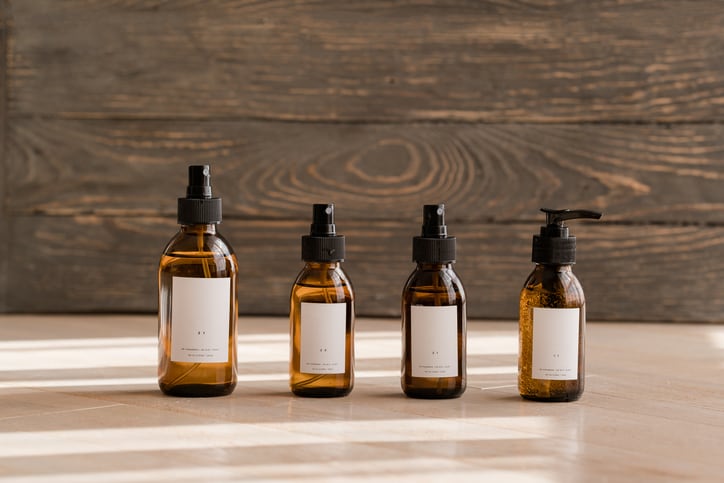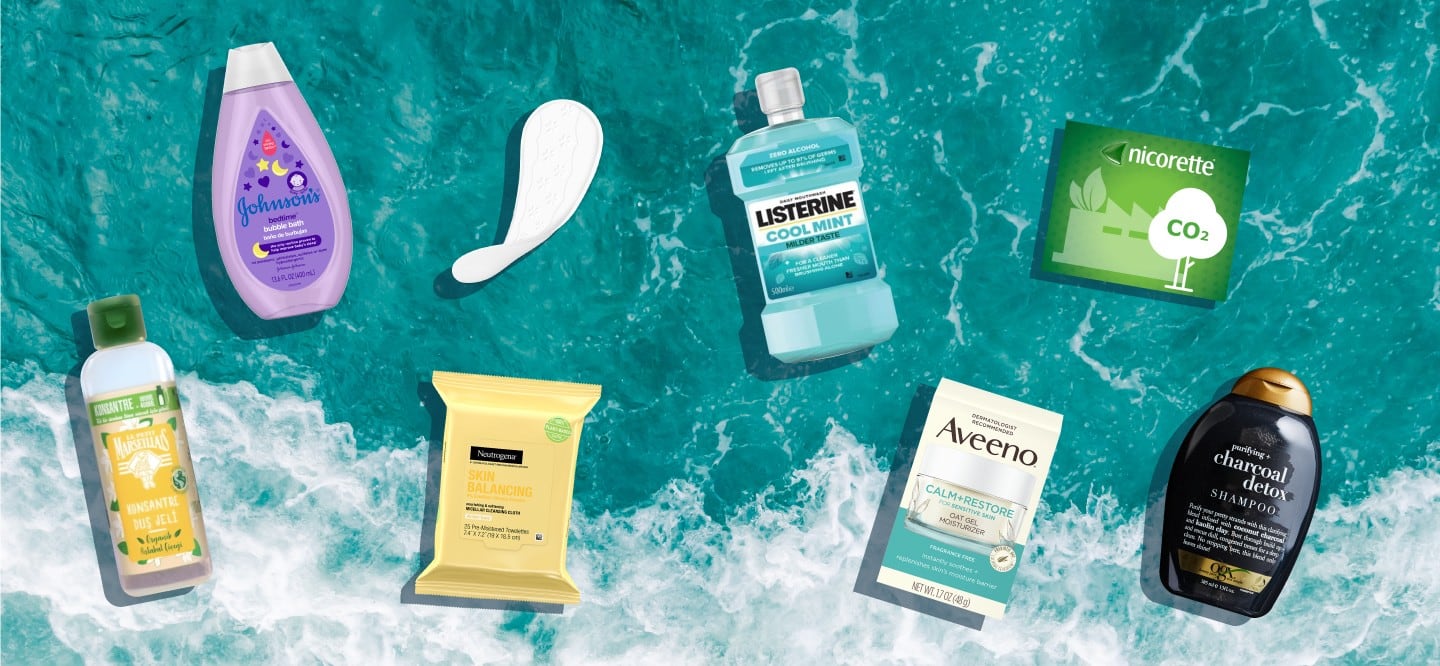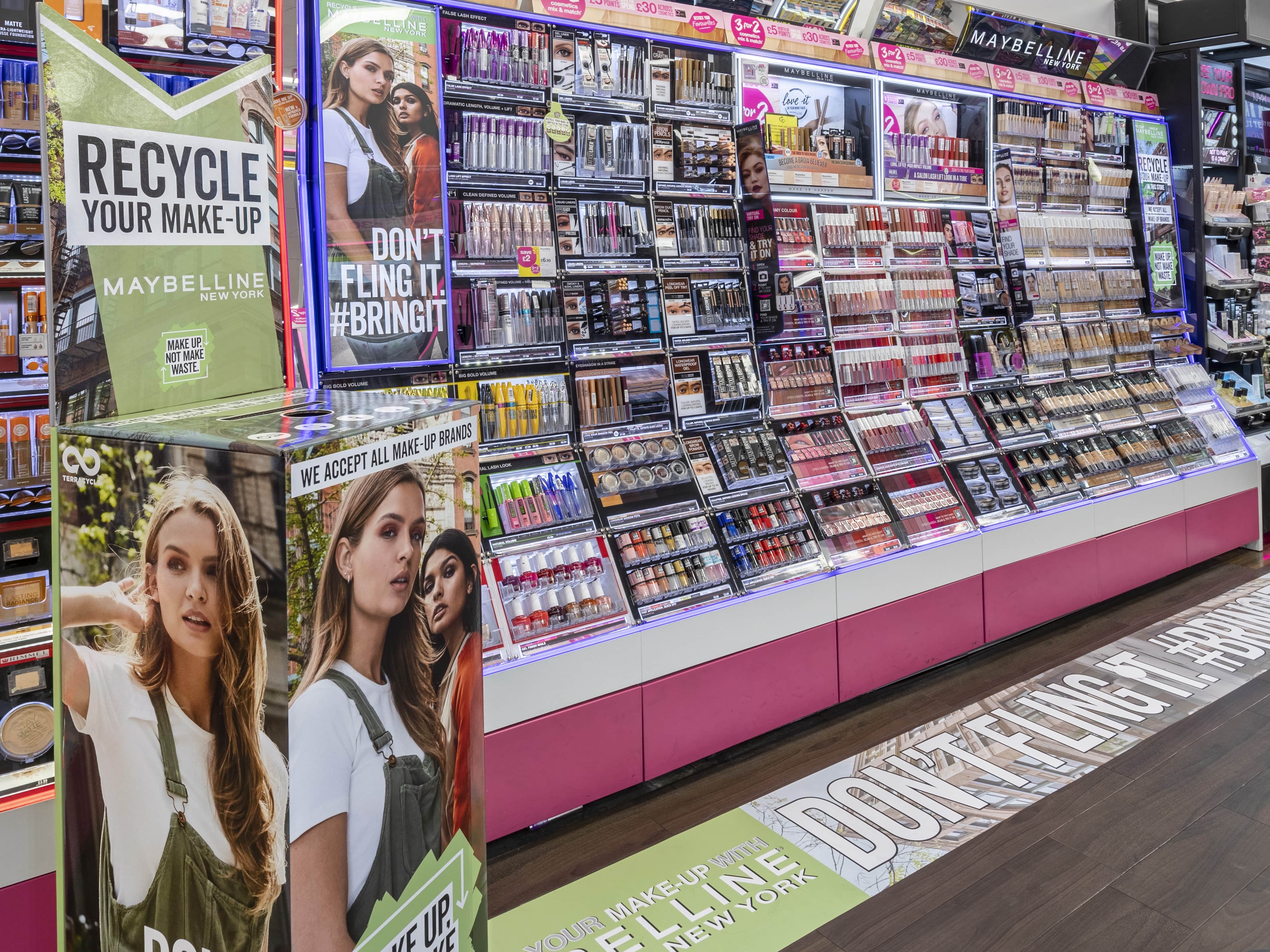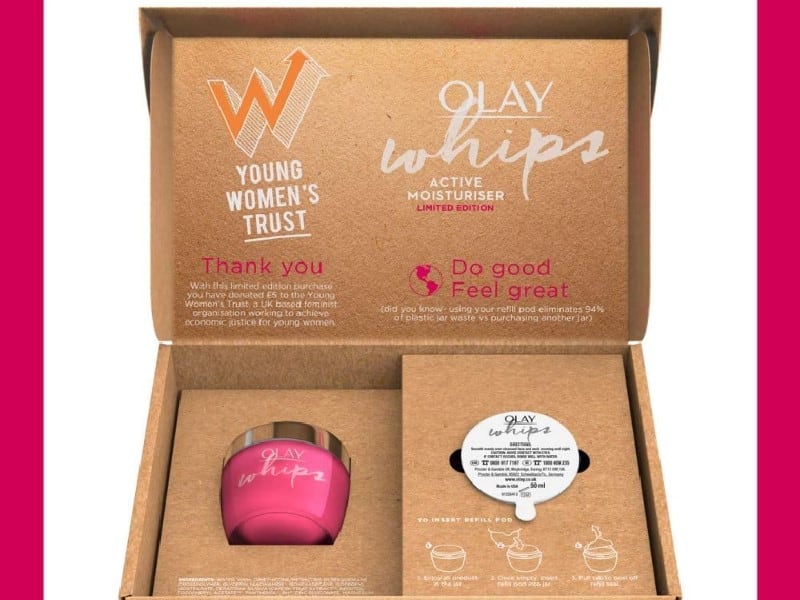Last month, the Sustainable Packaging Initiative for Cosmetics (SPICE) – a pre-competitive venture founded by L’Oréal and Quantis in 2018 – unveiled its publicly available eco-design tool that enabled the assessment of a range of environmental indicators around packaging, from raw materials to end-of-life. The venture had developed a free demo version and pro version available via a license of its online tool, designed for the beauty industry.
The Personal Care Products Council (PCPC), a member of SPICE, said the tool offered a “science-based, data-driven approach to measuring the environmental footprint of cosmetic packaging”.
But how useful could this online eco-design assessment tool be for packaging designers and brands? CosmeticsDesign-Europe caught up with Chris Sherwin, expert sustainable design consultant and director of reboot innovation, to find out.
Eco-design in beauty: ‘Common method and metrics’ are powerful
“Collaboration is a new frontier for sustainability,” Sherwin said. “Companies sharing their tools is among the highest, most advanced practice, and at its best it can set new standards for industry.”
The benefits this tool offered, he said, were a “common method and metrics for assessing products” which ultimately ensured less consumer confusion around sustainability communications.
If the entire industry used this eco-design assessment tool, for example, sustainable product claims would be “directly comparable”, he said, which meant beauty brands were then free to “compete on the sustainability issues that matter”, like how innovative they were on sustainability rather than competing on methods.
However, what SPICE and partaking companies would have to be careful of was that use of the tool didn’t “drift into an unsubtle form of self-interested, self-promoting PR”, Sherwin said.
The future of SPICE? ‘The real work starts now’
Just two years in, he said SPICE had certainly made a good start in pushing forward the sustainable packaging agenda in beauty, with some 25 members to date. But long-term, he said it would have to ramp-up efforts globally.
“The long-term ambition must be something like the Sustainable Apparel Coalition, where some 10,000 customers are using their Higgs Index methodology to create sustainable textile and fashion products, using similarly agreed common methods and metrics.
“Well done L’Oréal and Quantis for leading this initiative, there is much work to be done to take this to real scale. The real work starts now in getting wider industry to buy in.”
Last year, Sherwin called for a “green game-changing” beauty revolution, noting competition had to be put aside and collaboration prioritised in product and packaging design.




